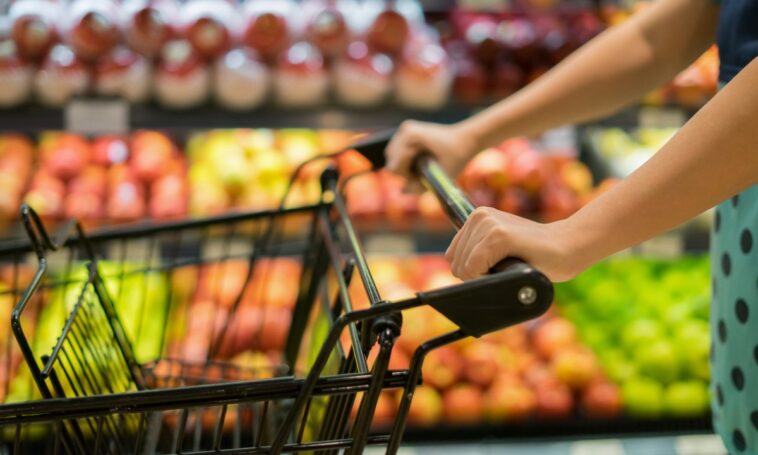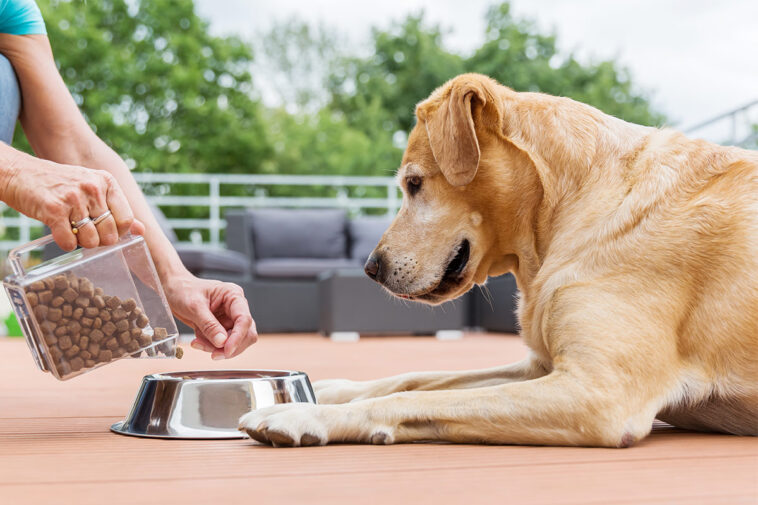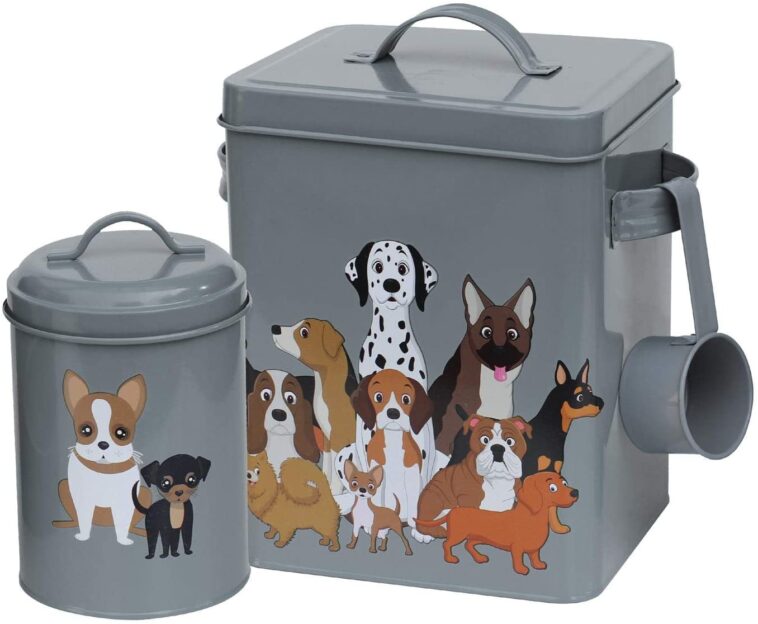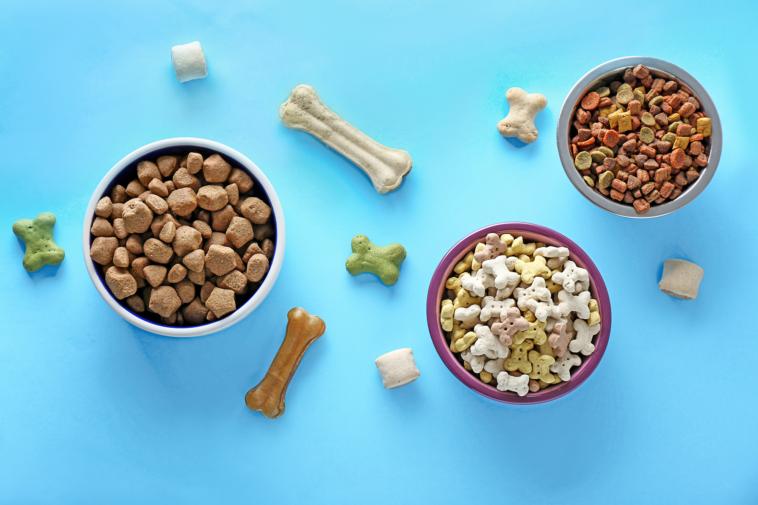Safe food is crucial for your dog’s development and well-being. Unfortunately, many pet parents do not pay much attention to dog food’s safe handling, as they do to their own. Studies show that unsafe food containing harmful viruses, chemical substances, or parasites cause more than 200 diseases. Diarrhea is the most common one, which in some cases becomes fatal.
Contamination can occur at any point. While organizations like the FDA regulate dog food in the market, poor handling of pet feed can cause ailments in animals. The infected pets pose a risk to their caregivers and the people they interact with. Preventing future health problems for your pet is key, and it requires intention. Pet insurance is another fantastic way to proactively get ahead of your pet’s health. Check out Bivvy to learn more about affordable pet insurance you can trust. An insured pet eating healthy foods is the ideal scenario to create a long, healthy life for your pet.
You may need to pay closer attention and be intentional if you want to feed your pets safe.
Tips on Handling Dog Food Safety
1. Buying

Careless dietary choices expose animals and, in turn, human beings to many health problems. Pet parents need extra caution when buying animal food. Look out for any tear or damage on the tin and ensure that the packaging is intact. Food items exposed to air and other elements on the shelf and in transit may interact with contaminants.
Another thing to check is the expiry date. Food items have a limited shelf life, after which they are not fit for consumption. Stores and consumers pay attention to human food items and forget to check the pet food expiry. Because of the natural breakdown of essential fats and preservatives, expired food may have lost some nutrition.
Also, ensure that your pet food meets the guidelines of organizations like the FDA and is approved by American Feed Control Officials (AAFCO). The organization ensures that federal agencies, state agencies and industry speak the same language on reference laws. AAFCO also has a process of defining the ingredients used in pet and animal feeds. When buying your pooch food, it is always prudent to check the stamp from the authority bodies.
Purchasing dog food from reputable companies like Tail Banger is critical for the safety of your pet. Check out for a company the does not have any recalls, strives to meet and exceed the expectations of both clients and oversight institutions.
2. Serving or Handling the Food

Cleanliness applies when handling dog food, just like when dealing with human food. Before you start the preparation of your dog food, ensure you clean your hands thoroughly. The environment in which you prepare the meal should also be clean and free from any possible pollutants. While things like onions are healthy for human consumption, these may cause adverse reactions in dogs and, in some cases, fatal. Do not use the same surfaces you use to prep your food before cleaning.
Use dedicated scoops or spoons for various foods. Wash the pet containers and anything you will use to prepare its food before you start and after the dog finishes eating with hot water and soap as you scrub it well, especially when feeding raw food. Putting them in the dishwasher is another option. The feeding container should be a smooth glass bowl with a non-porous finish to avoid contamination. You can also buy a stainless steel bowl for the dog.
3. Dog Food Storage

Dry Foods: While most brands advise users to store the food in a cool, dry place, temperatures above 100 degrees may speed up the degradation process. This process causes nutrients in the food content to breakdown.
Moisture can also lead to mold in the food, which may compromise the health of your pet. Keep the food in airtight containers to keep them fresh and away from rodents or bugs. If the storage room is close to the kitchen, airtight storage containers will help keep the smell contained. Airtight seal locks in freshness and flavor to your pet’s desire.
It is wrong to dump a new bag of food into a container with old food running low. The oil from the kibble makes the container greasy. As a result, the rancid oils from the old bag can contaminate the new food. You can avoid this by thoroughly washing the food container with hot soapy water, rinse and dry it thoroughly before refilling the container with fresh food.
Raw Food: Keep the food frozen in its original packaging, or you can use a plastic, glass or metal container. Avoid storing the food together with human foods to avoid possible mix up or potential contamination. Take out one serving at a time and thaw it in the fridge before feeding. Raw food like beef and ground chicken can last up to two days in the refrigerator, but fish only one day.
Don’t keep the food out in the sun or direct heat unless you are cooking heat. If your pet does not finish the food in one serving, discard what is left. Serve the dog what they can finish per serving.
Wet Food: Unopened cans do not need refrigeration as they include preservatives. The airtight cans keep bacteria and air out, making the food safe at room temperature, like any other canned food.
Ensure that the environment you store the food does not go below 50 degrees F or above 100.
When served the right amount, dogs will consume all their serving. In case there are leftovers, give the dog some limited to finish up. However, do not keep opened wet food beyond for hours as it is susceptible to bacteria and mold growth, which leads to contamination.
Opened cans can hold up well in the fridge for up to seven days, at a set temperature between 40 and 45 degrees. While in the refrigerator, reseal the can or use plastic covers to create a tight seal. This way, the food retains moisture, prevents air exposure and prevents contamination from other foods.

Conclusion
Feeding your dog contaminated food may expose them to health issues, which is dangerous if the pet has underlying conditions. Take keen interest when your dog does refuse to eat, takes a few bites and walks away, food has a rancid or sour smell, or you spot molds or bugs in it. These tips will ensure that you feed your dog food that is safe, healthy and in the best state.





